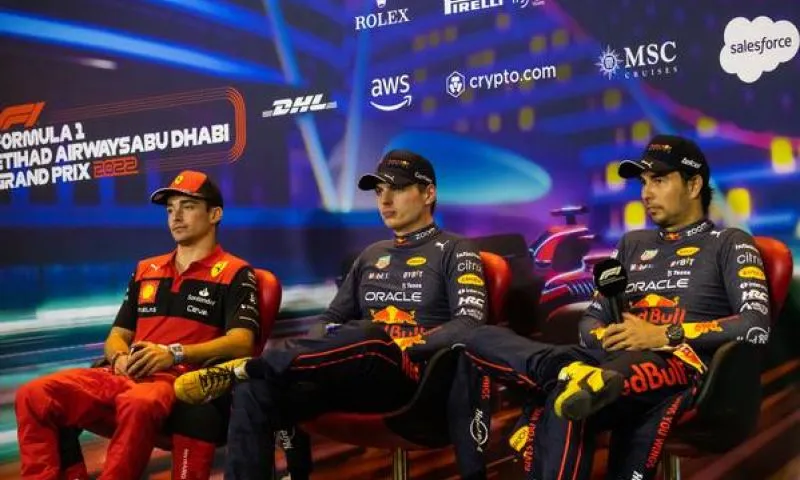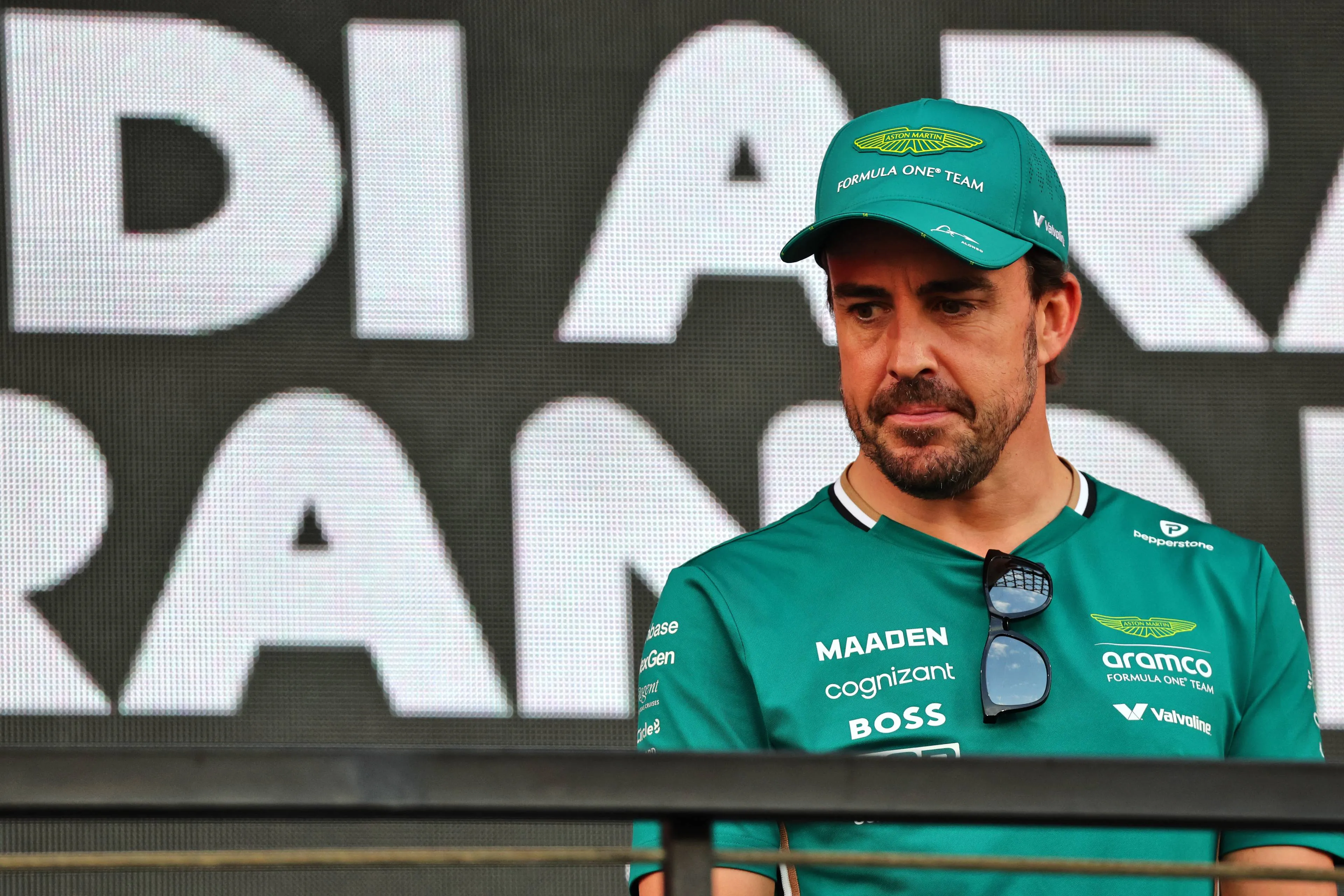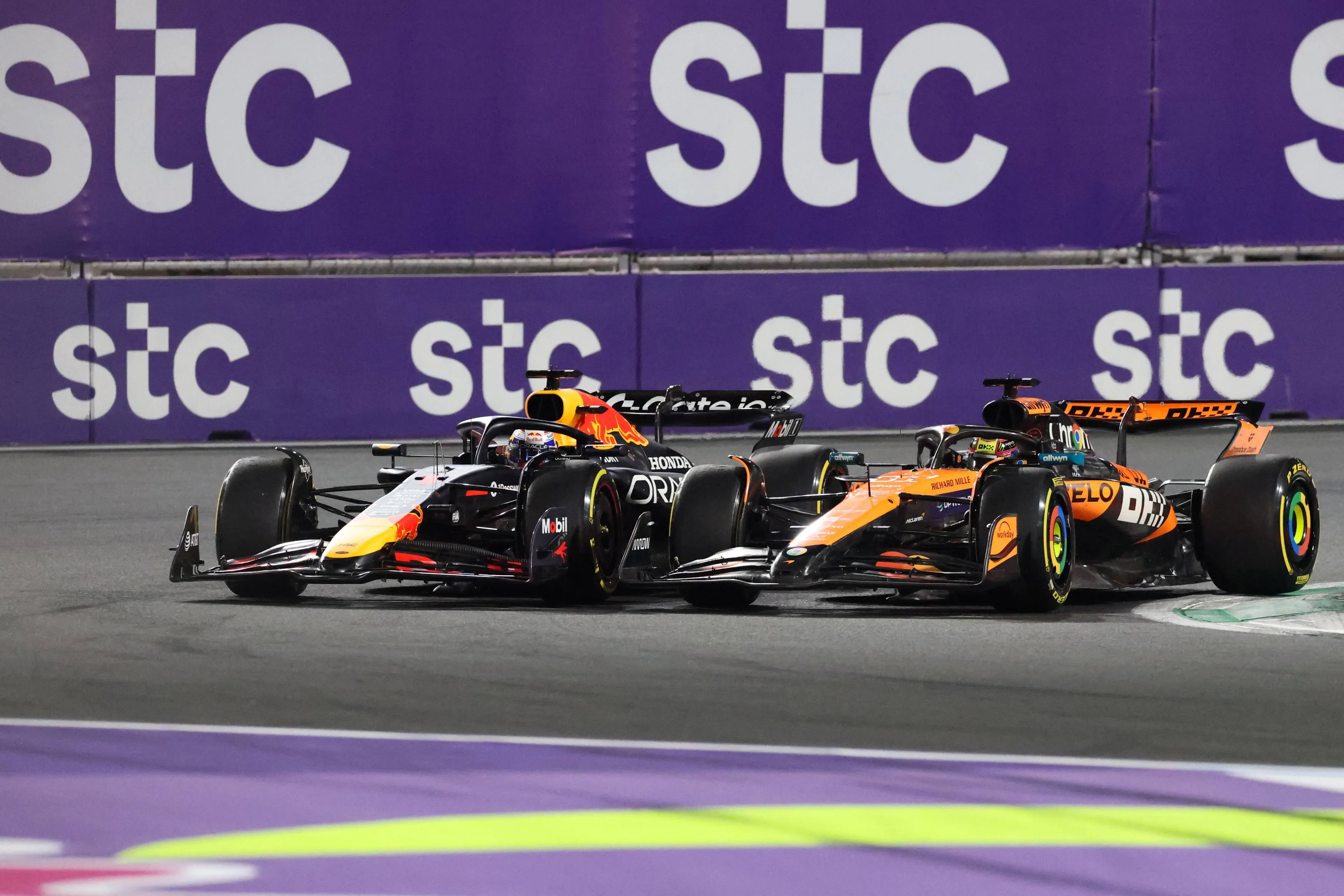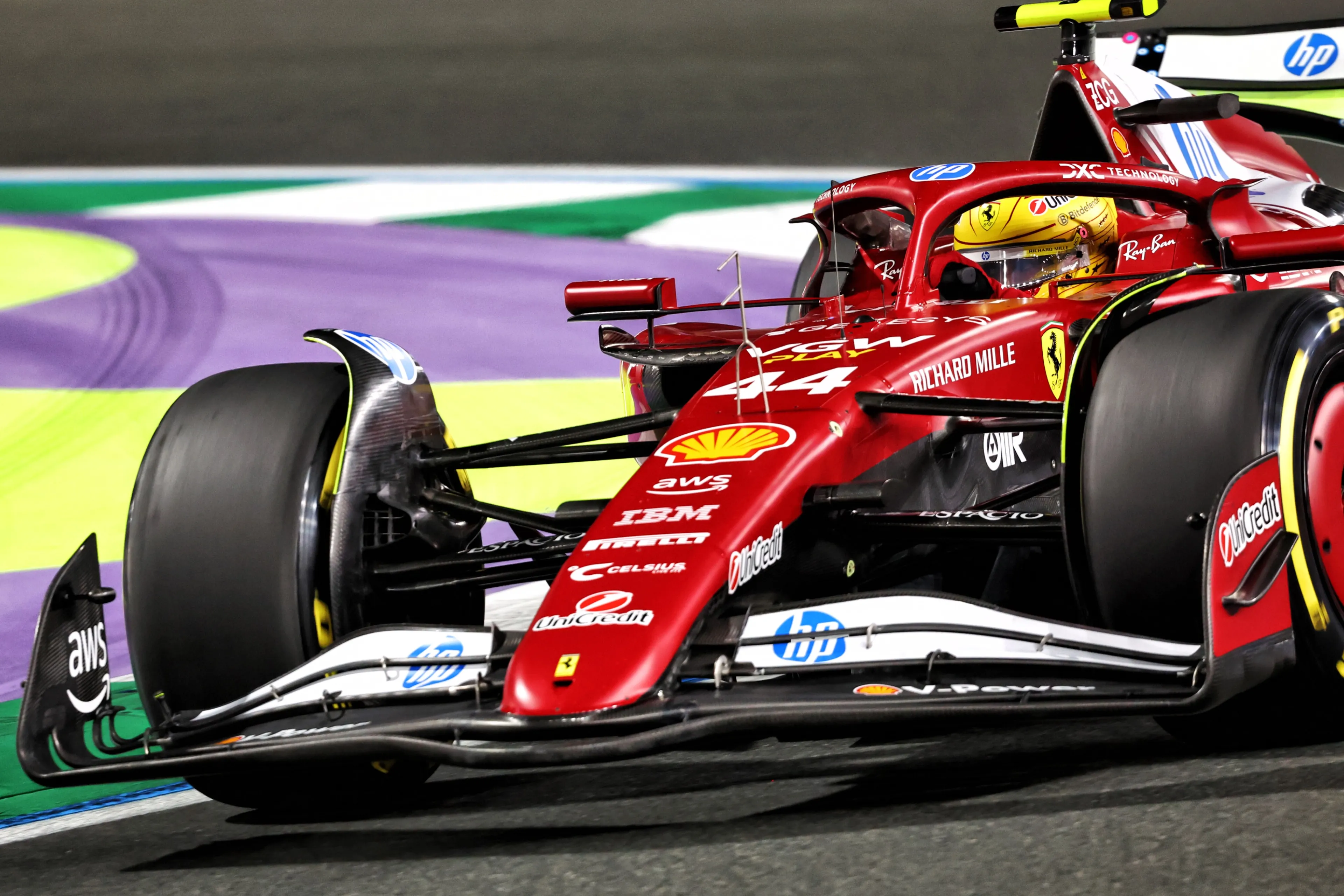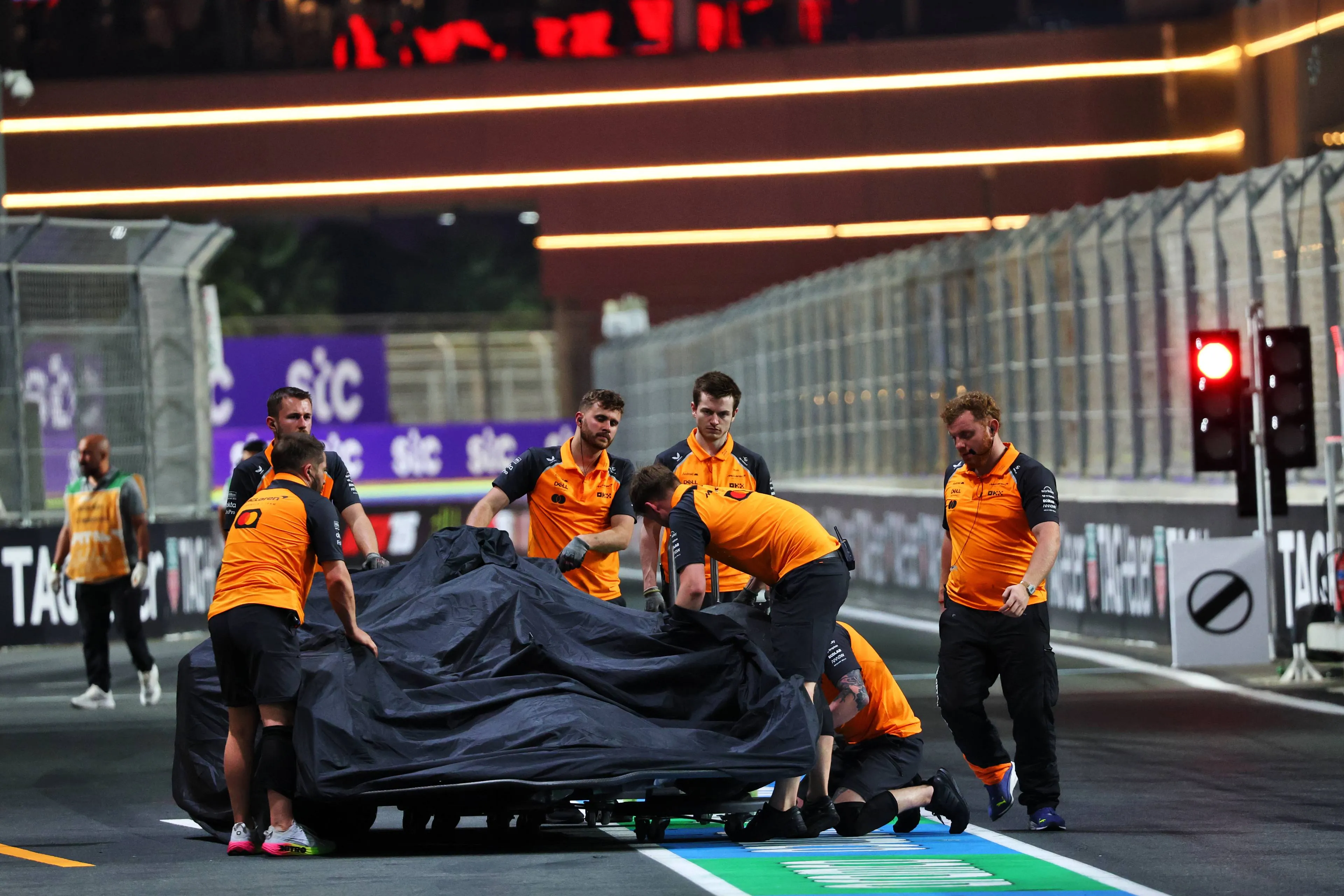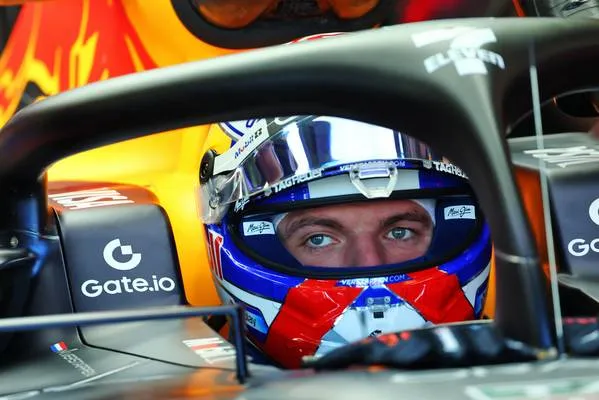After the Qatar Grand Prix, several stories came out about F1 drivers fainting after the race, drivers vomiting, and drivers not feeling well. The conditions were extreme. F1 trainer Sam Village explains in detail what happened to the drivers at the Losail International Circuit.
The bottom line is that the conditions in which the race was run were extreme. It was simply too hot for F1 drivers to run a full F1 race. Because of problems at Pirelli, it was compulsory to stop three times during the race. This allowed drivers to almost fully use the tyres they had throughout the race, and there was less than normal time for 'rest' in the cockpit.
F1 trainer explains why drivers fainted after GP Qatar
In the Sky Sports F1 Podcast, F1 trainer Village explains what happened to the drivers' bodies in the car in Qatar: "With the fainting, the heat causes low blood pressure because your blood vessels open up, so there could be a little bit of blood pooling, which is just down to gravity. It could all be right in the bottom of themselves because it's not like they are running along or cycling."
Village went on to explain about the vomiting and nausea: "That can be caused by a lack of blood in the digestive system, so whatever's left in the stomach, there's no blood in the stomach to help digest the food that is left there. So, it just starts cramping up and wants to get rid of the food because all the blood has gone into your skin to help you cool down."
Little understanding of what happens to F1 driver in scorching hot cockpit
The biggest challenge for the drivers was the G-forces. The characteristics of the Qatar circuit demand a lot from the body in that area because of the many fast corners. Village: "When they go through these corners, they tense and ultimately hold their breath a little bit, so their breathing rate is the same as when they are asleep, but their heart rate is between 150-180 beats per minute, so there is an element of hypoxia in the brain as well, potentially. So, that's the challenge."
Village sums up that the drivers had a lot to endure and that what the men sustained on the track for an hour and a half was impressive. It cannot be compared to other endurance sports. Village: "It's unique. And it's also really unique in the sense that we don't really know enough about what is happening in that cockpit as well because there are several little initiatives going on about getting some more human performance data. But we've still not got it all when it comes to temperature, heart rates, breathing rates, and all the forces that are put on the body."
Read more about:
Popular on GPBlog

1
How Christian Horner scored a significant victory over Toto Wolff
1609 times read

2
Why is the most logical option for Verstappen in '26 never mentioned?
858 times read
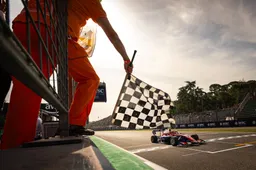
3
Formula 1 Appears to Have Made a Decision and Discontinues This Grand Prix
746 times read

4
This F1 driver left the biggest impression on Marko in 2025 so far: 'His approach is good!'
591 times read




